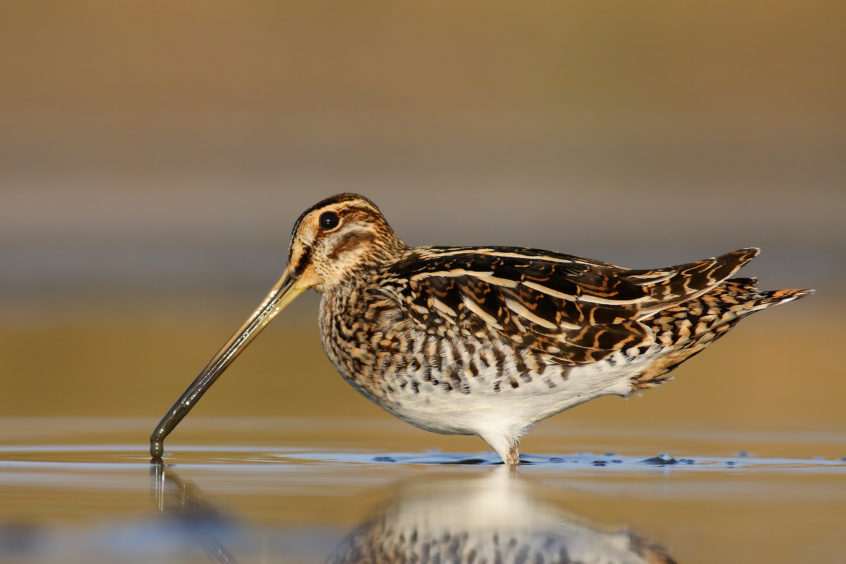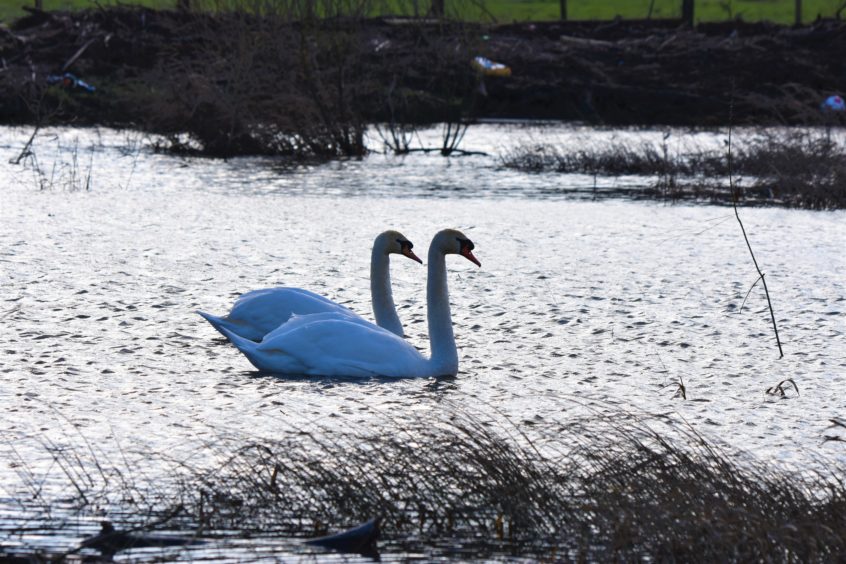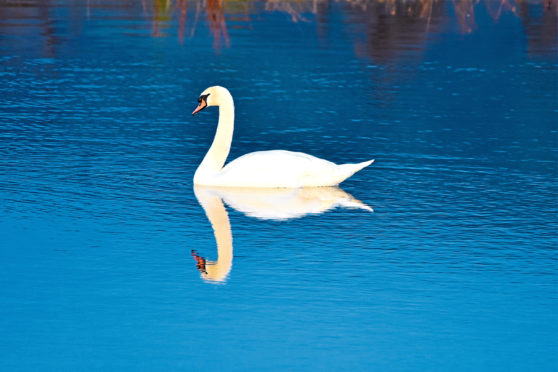The roots of trees such as alders and willows play a crucial role in helping protect river banksides from erosion during times of flooding and spate.
It was like walking over the remnants of a battlefield; debris was everywhere, tree branches and other flotsam left high and dry, a tumbled wire fence, and the ground scoured and pitted.
The previous day, my local river, the Devon, had burst its banks in quite spectacular fashion following a torrential deluge that had caused many other rivers in Courier Country to spill over. This was nature at its most powerful, the rising current sweeping all before it in a watery maelstrom.
Clad in chest waders so that I could explore the resultant mosaic of pools, I splashed my way over the flood meadow, or haugh as it is known in these parts. The nearby river was still high and menacing, but slowly on the retreat. I stopped by a large pool, water rushing out of it and creating its own stream that wound its way back to the main river.
The footprints of a heron pockmarked silt deposited by flood, and by a rush-filled margin, a snipe flushed-out by my feet, taking to the air in a flurry of wings and zooming away like a crazy rocket.

There will have been wildlife winners and losers in this flood, and both snipe and heron were most definitely beneficiaries with the new pools creating a watery haven for them. Goodness knows what happens to moles at such times. They are certainly frequent on the haugh – but are they fleet-of-foot enough to escape the rising flood waters, or can they survive in air pockets in their elaborate burrow systems? I imagine it must be the latter, although many animals must also succumb, as will field voles and other small creatures.
While some birds were benefiting from the flood, others such as goosanders and kingfishers had disappeared altogether. Despite both species being regular inhabitants of this stretch of river, the strength of the current and the murky water had made fishing impossible and I suspect they had fled to nearby lochs where there will be easier feeding opportunities.
On another nearby pool, a pair of mute swans glided across the water, serene in their white-cloaked elegance and emanating a calmness that belied the fury of the previous day’s torrent. Sunshine dappled across the water, causing it to shimmer and dance, almost as if in celebration that tranquillity had once more returned to the landscape.

Soon, I happened upon a brimming oxbow lake; a fascinating natural feature created when a meander in a river becomes cut-off from the main flow, leaving behind a crescent shaped body of still water.
Frogs will be spawning in this oxbow any day now, and with the river having replenished its bounds, the tadpoles and all the other underwater creatures here will have a safe sanctuary over the coming months. The power of the river is frightening, but while it has brought death, it has also delivered new hope for much of the wildlife here on the haugh.










